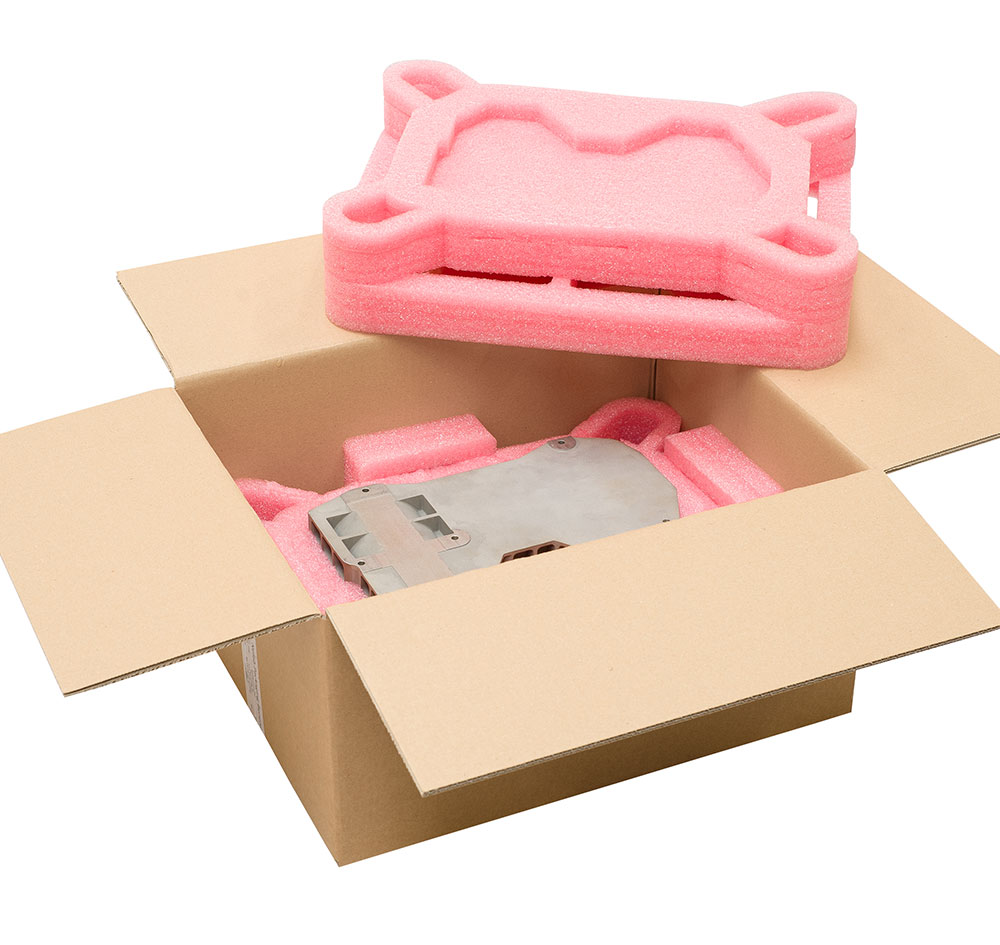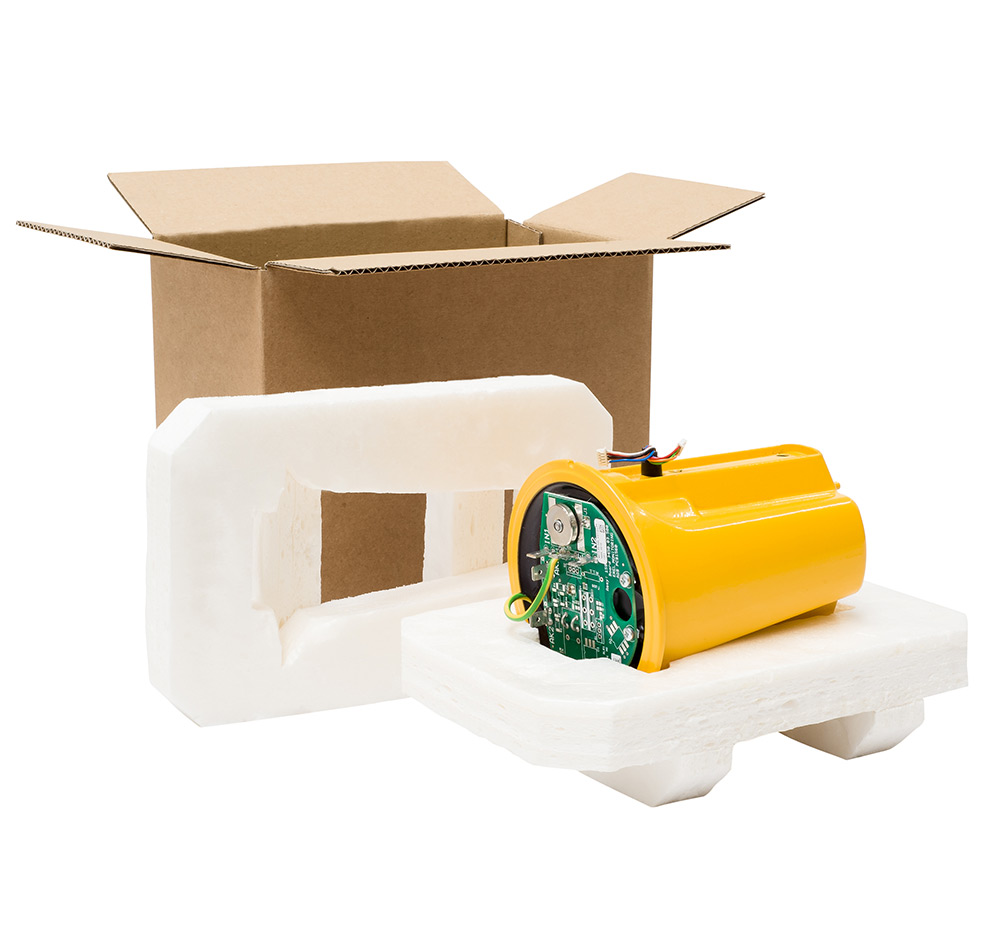When packaging your items for shipment, internal protection is crucial to ensure your items reach their final destination safely. Keep these tips in mind when you package your items:
- Wrap each item separately. By wrapping up each individual item, you'll ensure that they stay protected during transit, as items tend to shift and move during transportation. Fragile items especially need to be kept separated from each other as well as from the corners, top, bottom, and sides of the box. Surround each item with the proper amount of cushioning. There are several different packing options that can provide cushioning, but it is crucial that each item is covered by a minimum of two inches of material. Items should also be placed with adequate space from the inner walls of the box in order to prevent damage from shock, vibration, and product-to-product contact.
- Avoid improper cushioning materials. Many people make the mistake of choosing improper packaging materials. Newspaper and towels are some of the most commonly selected options, and while these might be cost-effective options, they won't do much to protect your items during transit.
- Investing in the right packaging materials, including impact protection and void fill materials, will help to ensure that your products remain safe during shipment.
Impact Protection Materials
Regardless of the mode of transportation that you choose for your products, they will likely encounter some degree of impact. The right internal packaging materials can keep them protected:
- Bubble wrap. This impact protection material is especially useful for breakable items like glass, but it isn’t always the most cost-effective option.
- Corrugated board. Single-ply corrugated roll is a good option for lining thin boxes to increase their resistance to impact. It can prevent bending and dents but may not stand up to heavy loads.
- Engineered foam enclosures. These enclosures can be made of polyethylene, polypropylene, expanded polystyrene, or copolymers, and they are pre-engineered to protect specific products.
- Kraft paper. When crunched into cylindrical shapes, this item can provide excellent protection for your products. It can also be easily recycled, but it isn’t a great option for long transits, as it won’t stand up well with heavy loads.

